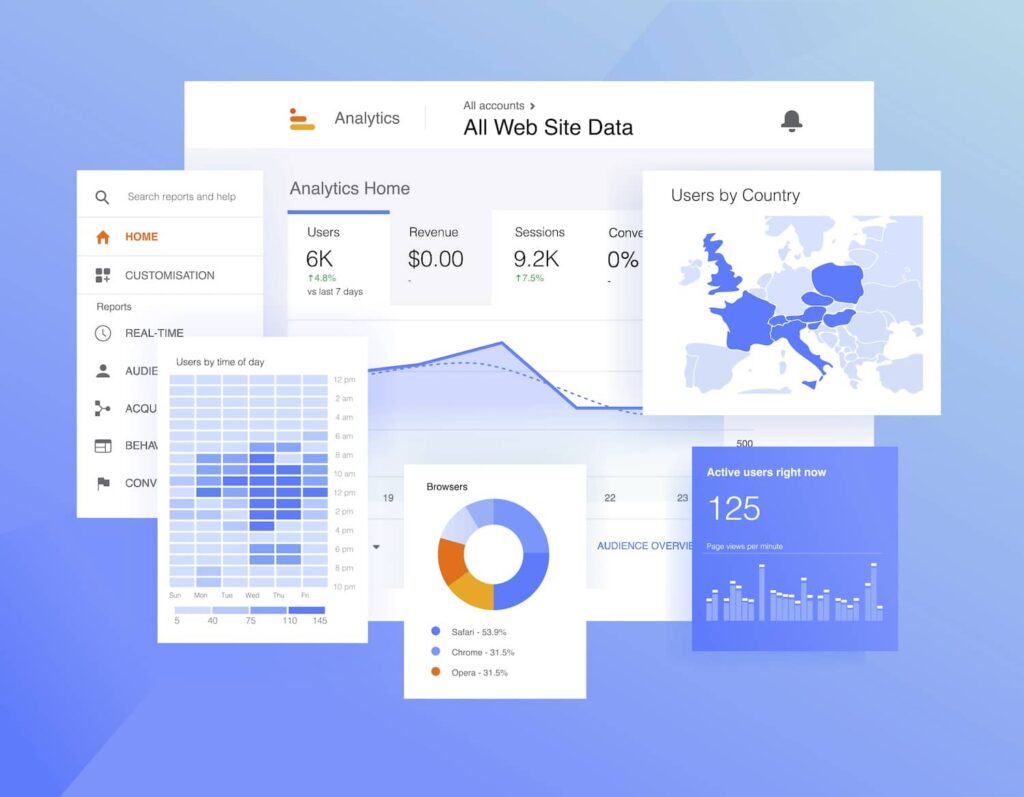The Function of Secondary Dimensions in Google Analytics: Meaning and Insights for Advanced Information Evaluation
The Function of Secondary Dimensions in Google Analytics: Meaning and Insights for Advanced Information Evaluation
Blog Article
Using the Power of Additional Measurement in Google Analytics to Refine Your Advertising Strategy and Drive Results
Leveraging the power of additional measurements within Google Analytics opens a world of possibilities for online marketers looking for to obtain deeper insights right into user habits and tailor their campaigns with precision. The prospective to determine project performance with a granular lens further emphasizes the significance of using this device to drive success.
Understanding Additional Measurements
When assessing information in Google Analytics, recognizing secondary dimensions is crucial for acquiring much deeper insights right into customer habits and site efficiency. Main dimensions give fundamental information such as the variety of sessions or customers, however secondary measurements provide an even more in-depth view by permitting individuals to sector and examine data further. By including a secondary dimension, online marketers can refine their evaluation and discover valuable patterns that might have otherwise gone undetected.
Secondary dimensions in Google Analytics can be related to different metrics such as website traffic sources, user demographics, and habits circulation. By integrating the primary measurement of 'touchdown pages' with the second dimension of 'tool classification,' marketing professionals can determine which devices are driving web traffic to specific landing web pages (what is a secondary dimension in google analytics). This info can aid maximize website design and material for far better customer experience across different gadgets
Analyzing User Behavior Patterns
To successfully comprehend user actions patterns, an extensive analysis of information within Google Analytics is crucial. By diving right into individual actions patterns, marketing experts can get useful insights right into how site visitors connect with their website, which pages are most engaging, and where potential traffic jams or drop-off factors might exist in the conversion channel. Google Analytics supplies a series of devices to examine individual habits, such as habits flow reports, event tracking, and goal funnels.
Habits circulation records give a graph of how users browse through the website, revealing the most usual courses customers take along with where they leave. Occasion monitoring enables online marketers to check details communications on the website, such as switch clicks or video views, offering a much deeper understanding of user interaction. Objective funnels track the steps customers take towards completing a details objective, highlighting locations for renovation in the conversion procedure.
Enhancing Audience Division
Upon evaluating user habits patterns, marketing experts can better optimize their approaches by boosting target market division strategies in Google Analytics. Audience division enables the classification of internet site site visitors into details groups based on numerous qualities such as demographics, behavior, and interests. By making use of Google Analytics' second measurements, online marketers can fine-tune these sections also further to gain much deeper insights right into their target market's preferences and activities.
Enhancing target market segmentation allows marketing professionals to create more targeted and individualized advertising projects. By identifying unique customer teams, online marketers can customize their messaging, content, and provides important source to far better reverberate with each segment's special qualities and demands. This degree of personalization can dramatically improve engagement, conversion rates, and overall advertising efficiency.
In addition, through enhanced audience segmentation, marketers can better comprehend the consumer trip and maximize touchpoints along the course to conversion. By analyzing how different sections engage with the internet site and marketing channels, marketing experts can identify possibilities to boost user experience, address discomfort factors, and ultimately drive more conversions. Generally, refining target market segmentation in Google Analytics is an effective strategy for making the most of marketing performance and driving sustainable company growth.
Tailoring Advertising And Marketing Campaigns
Online marketers can optimize their advertising and marketing campaigns by tailoring material and messaging to match the one-of-a-kind qualities and demands of specific target market sectors. Customizing advertising campaigns entails producing personalized experiences that reverberate with different groups of customers. By leveraging understandings from additional measurements in Google Analytics, marketers can get a deeper understanding of their audience's habits, choices, and demographics. This information enables the development of targeted campaigns that talk straight to the passions and pain factors of certain segments, raising the probability of engagement and conversion.
Via the analysis of secondary dimensions such as web traffic resources, tools used, or geographic place, marketers can fine-tune their messaging to be much more impactful and relevant. By customizing advertising and marketing campaigns based on understandings from additional dimensions, businesses can take full advantage of the effectiveness of their efforts and inevitably drive much better ROI.
Determining Campaign Efficiency

One crucial aspect of determining project performance is tracking conversions. By establishing up objectives in Google Analytics, businesses can keep track of certain activities taken by customers as an outcome of the project, such as authorizing or making an acquisition up for a newsletter. Understanding the conversion price and the conversion course can offer important understandings right into the effectiveness of different advertising channels and messages.
Additionally, evaluating metrics such as click-through prices, bounce prices, why not try these out and session duration can help online marketers examine customer engagement and the impact of the campaign on site traffic. By integrating main metrics with additional dimensions in Google Analytics, services can improve their marketing methods, optimize campaign efficiency, and drive far better outcomes.
Verdict
In conclusion, taking advantage of the power of secondary dimensions in Google Analytics can give valuable understandings into user behavior patterns, enhance audience division, tailor advertising and marketing projects, and step campaign effectiveness. By utilizing this feature efficiently, companies can refine their advertising techniques and drive better outcomes. It is important for marketing professionals to leverage the information available via additional measurements to make educated choices and optimize their advocate maximum effect.

Report this page